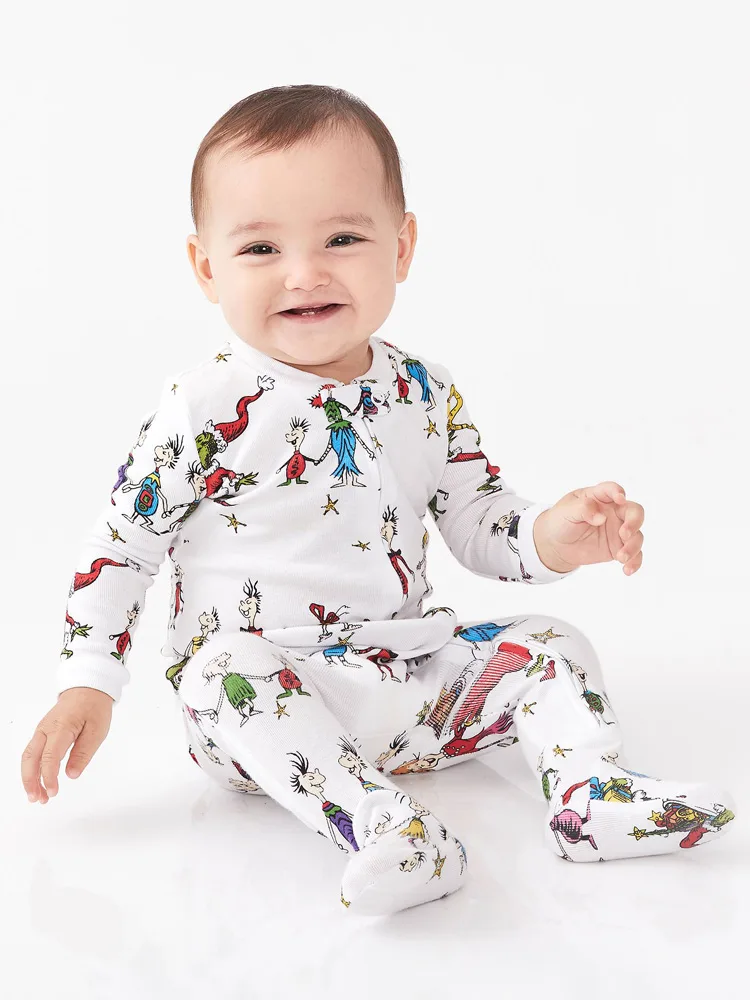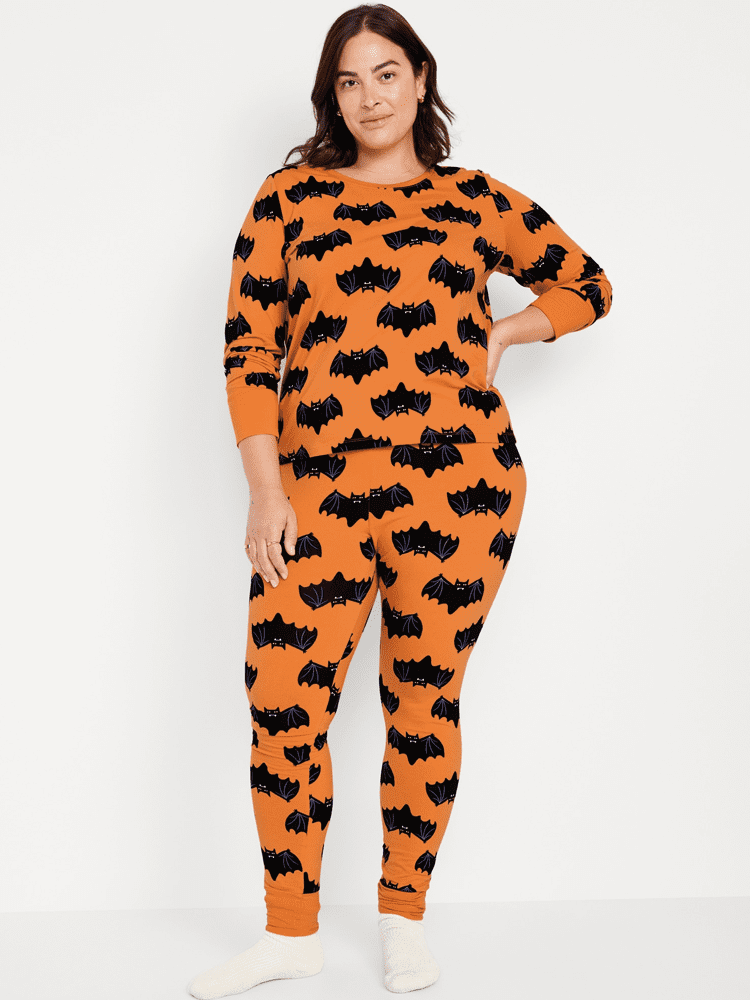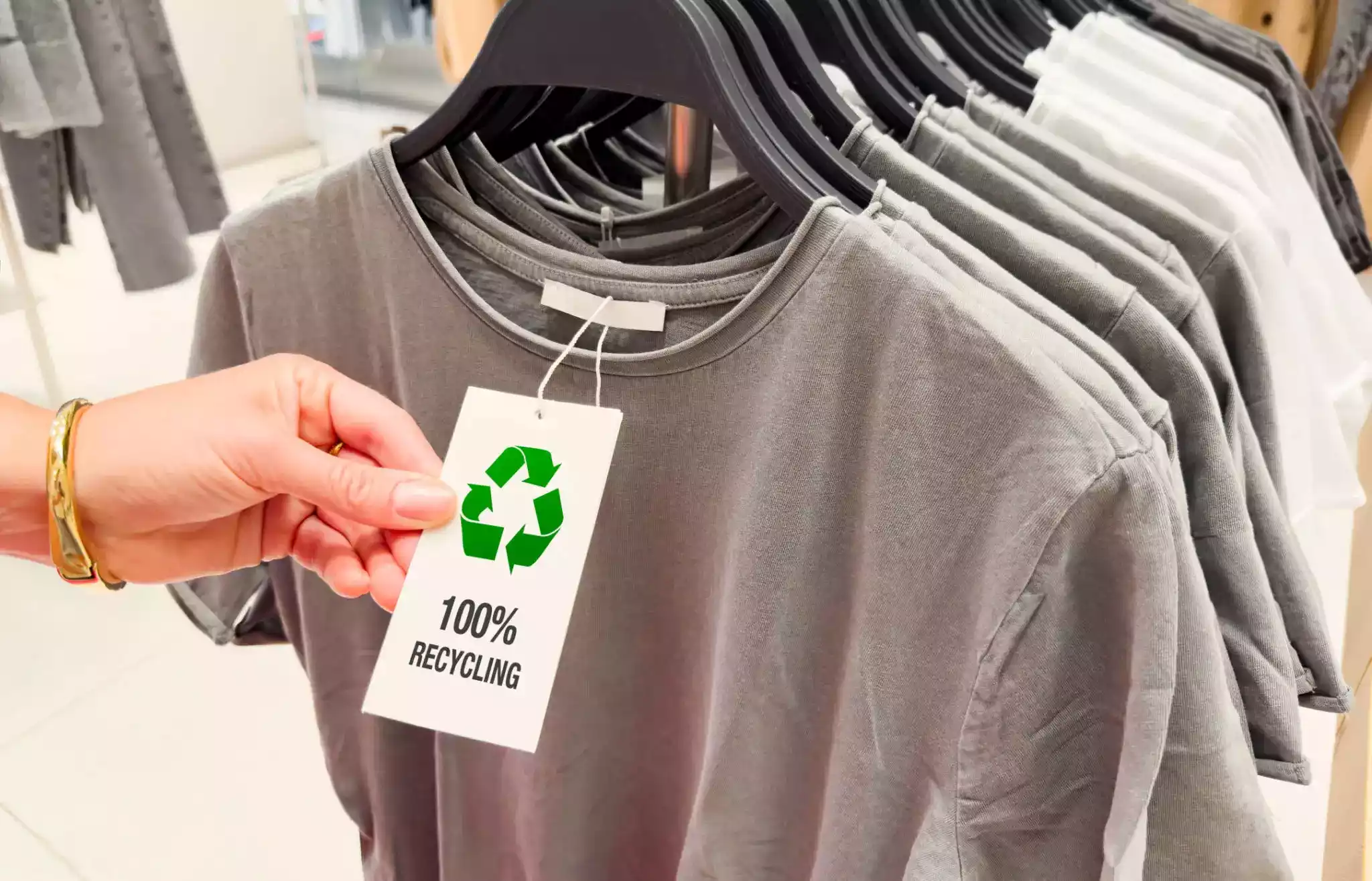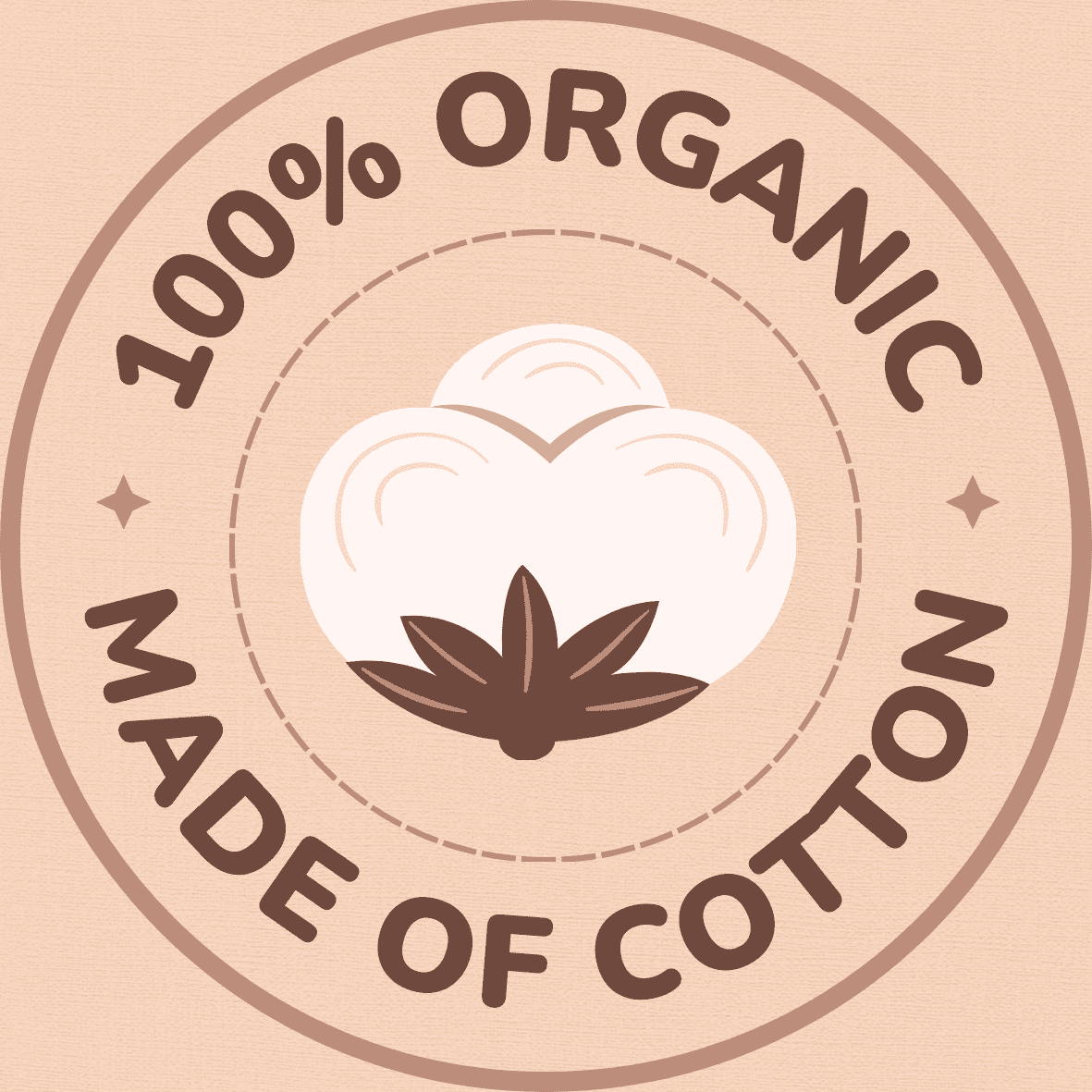Before dyeing a shirt, consider the potential effects on screen printing, ensuring your desired design remains intact.
Understanding the Basics of Screen Printing
Screen printing, also known as silkscreen printing, is a versatile and popular method of transferring designs onto various materials, such as fabric, paper, and plastics. One common question that arises is how dyeing a shirt would affect screen printing. Dyeing a shirt before screen printing can impact the final results, as the chosen dye color may alter the appearance of the printed design. It is important to consider how the background color may interact with the ink colors, ensuring a harmonious combination.
Additionally, when exploring different printing techniques, two methods often compared are sublimation printing and screen printing. Sublimation printing uses heat to transfer designs onto special paper, which then activates the ink to be absorbed into the fabric. On the other hand, screen printing utilizes a stencil and multiple screens to apply ink directly onto the fabric. This method offers more color options and allows for greater thickness of the ink, such as with puff ink screen printing. However, heat press printing, another popular technique, uses heated plates to transfer designs onto the fabric, making it a faster and more cost-effective option compared to screen printing. By understanding the distinctions between these methods, professionals can make informed decisions about which technique best suits their specific needs.
The Role of Dyeing in Screen Printing

Screen printing, a time-honored technique in the industry, has evolved over the years, bringing innovations such as dyeing into the mix. Dyeing plays a crucial role in screen printing, allowing for vibrant and long-lasting designs. Unlike other methods like heat press or sublimation, screen printing relies on the application of ink through a mesh screen onto the desired surface. The use of dyes in screen printing ensures the color intensity remains intact even after multiple washes, providing a durable and vibrant finish that lasts.
For successful screen printing, it is essential to find reliable screen printing vendors who offer the best quality dyes. These vendors understand the importance of color selection and the impact of different dyes on the final print. Through their expertise and high-quality products, they ensure that the colors come out true to life and retain their vibrancy. Whether it’s for personal use, promotional items, or commercial purposes, working with the best screen printing vendors guarantees exceptional results that exceed expectations.
Exploring Different Dyeing Methods for Screen Printing
Plastisol screen printing is one of the most widely used dyeing methods in screen printing. This technique involves using a special type of ink called plastisol, which is made from PVC resin and plasticizers. Plastisol ink is known for its durability and vibrant color, making it a popular choice for creating long-lasting designs on various materials such as textiles and paper. The process involves heat-curing the ink, which creates a smooth and glossy finish. With plastisol screen printing, designers have the flexibility to print on both light and dark-colored fabrics, making it a versatile option for creating stunning designs.
Another popular dyeing method in screen printing is screen printing puff ink. This technique involves using a special type of ink that expands when heat is applied, creating a raised or three-dimensional effect on the printed design. Puff print screen printing offers a unique texture and visual appeal to designs, making them stand out from the rest. This method is commonly used for creating logos, lettering, and graphic designs that require a tactile element. By adding depth and dimension to the prints, screen printing puff ink can elevate the overall look and feel of the finished product.
In addition to these methods, there are different types of screen printing that designers can explore to achieve various effects. From water-based inks to discharge printing, each method offers its own advantages and unique characteristics. By understanding the different dyeing methods available in screen printing, designers can select the most suitable technique to bring their creative visions to life.
Factors Influencing Dyeing Effects on Screen Printing
When it comes to screen printing, the impact of dyeing on the final result cannot be ignored. Several factors play a crucial role in determining the dyeing effects in screen printing.
First and foremost, the cost of screen printing per shirt is a significant factor to consider. The type and amount of dye used can vary the overall cost. Additionally, factors like the complexity of the design and the number of colors involved influence the cost as well. It is essential for businesses to carefully weigh these factors to ensure the desired dyeing effects are achieved within the allotted budget.
Another factor that influences dyeing effects is the printing technique employed. Sublimation screen printing, for instance, allows for vibrant and detailed designs to be transferred onto different materials. On the other hand, all-over screen printing covers the entire surface of the garment, ensuring a consistent and eye-catching effect. The choice of custom screen for screen printing also plays a role in the final dyeing outcome. Considering the material, mesh count, and tension of the screen is crucial to achieve the desired level of detail and color saturation in the print. Therefore, businesses must carefully select the appropriate printing techniques and screens to obtain the desired dyeing effects in their screen printing projects.
The Importance of Color Selection in Screen Printing
Color selection plays a crucial role in the success of screen printing. Unlike sublimation printing, where colors can be easily replicated, screen printing requires careful consideration and planning. The difference between screen printing and sublimation lies in the process and materials used. In screen printing, each color requires a separate screen, creating vibrant and precise designs. This jumbo screen printing technique allows for bold and eye-catching graphics that cannot be achieved with sublimation printing.
When it comes to quality screen printing, choosing the right colors can make a significant impact. Vibrant and contrasting colors can grab attention and enhance the overall design. It is important to understand the color theory and how different shades interact to create a visually appealing composition. While sublimation printing might offer a wider range of color options, screen printing allows for more control over the final outcome. By selecting the appropriate colors, screen printers can achieve desired effects and produce high-quality prints that stand out from the competition.
Examining the Impact of Printing Techniques on Screen Printing

Silk screen printing services have been widely used for various applications, thanks to its versatility and durability. However, as the demand for more vibrant and detailed designs grew, alternative printing techniques emerged. One such technique that gained popularity is dye sublimation. Many individuals and businesses often wonder about the difference between sublimation and screen printing. While both techniques can produce high-quality results, there are notable distinctions between them.
When it comes to longevity, screen printing has shown its ability to withstand the test of time. The ink used in screen printing is specially formulated to adhere to the fabric and create a long-lasting bond. On the other hand, dye sublimation is a process where the ink is infused into the fabric, becoming a part of the material itself. While this results in vibrant and sharp prints, durability can be a concern compared to screen printing. Therefore, considering the intended usage and longevity requirements is crucial when deciding between dye sublimation and screen printing.
Enhancing Screen Printing Results with Proper Ink Selection
When it comes to enhancing screen printing results, selecting the proper ink is of utmost importance. High quality silk screen printing requires ink that is specifically designed to adhere to different types of fabrics and materials. The right ink will not only provide vibrant and long-lasting colors, but also ensure that the design remains intact even after multiple washes. In addition, opting for the right ink can also contribute to low cost screen printing, as it minimizes the need for reprints or touch-ups due to ink fading or smudging.
When searching for the ideal ink for your screen printing needs, consider consulting with professionals in the field such as screen printing Los Angeles CA experts. These experts have an in-depth knowledge of different ink types and can guide you towards the best options for your specific requirements. They can advise on the benefits of different inks, such as 3D puff screen printing ink that creates a raised effect, adding depth and texture to your designs. By investing in the proper ink selection, you can enhance the overall quality and appeal of your screen printing projects, ensuring that they are professional and visually stunning.
Addressing Common Challenges in Screen Printing Dyeing and Printing

Addressing common challenges in screen printing dyeing and printing requires a thorough understanding of the process and the ability to troubleshoot when complications arise. One common challenge faced by screen printers is achieving an all over print. This technique involves covering the entire fabric with a design, creating a continuous pattern. To achieve this effect, careful attention must be paid to the alignment of the screens and the placement of the fabric. Additionally, using the right fabric is crucial for a successful all over print screen printing. Fabrics with a high cotton content are recommended, as they provide better absorption and allow the ink to adhere firmly, resulting in a vibrant and long-lasting print.
When it comes to screen printing, choosing the right screen printing Los Angeles can make a significant difference in the quality of the final product. The best screen printing companies in Los Angeles have extensive experience and state-of-the-art equipment, ensuring accurate and detailed prints. Moreover, they work closely with their clients, offering guidance on design choices and color selection to achieve the desired outcome. By partnering with a professional screen printing service, you can address common challenges and ensure that your prints are of the highest quality.
In conclusion, addressing common challenges in screen printing dyeing and printing requires a combination of technical knowledge, proper fabric selection, and partnering with the right professionals. Achieving an all over print screen printing can be challenging but with careful attention to detail and the selection of suitable fabrics, it is possible to achieve impressive results. Likewise, working with experienced screen printing companies, especially in Los Angeles, can ensure that your prints are accurate and visually appealing. By addressing these challenges head-on, you can enhance your screen printing dyeing and printing techniques and achieve the desired effects in your final products.
Harnessing the Power of Technology in Screen Printing
The advancements in technology have significantly impacted the screen printing industry, allowing for greater efficiency, quality, and versatility in the printing process. One notable difference between heat press and screen printing is the method used to transfer the design onto the fabric. While heat press involves applying heat and pressure to a pre-designed transfer, screen printing involves the use of a stencil and ink pushed through a screen onto the fabric. This difference results in variations in the durability and feel of the printed design.
Moreover, there are different kinds of screen printing techniques that professionals can utilize. Traditional screen printing involves manually pulling ink through a screen using a squeegee. This method is versatile and can be used on various materials such as fabric, paper, ceramics, and more. On the other hand, dye sublimation screen printing utilizes heat and pressure to transfer dye directly onto the fabric, creating vibrant and long-lasting designs. This technique is particularly popular for printing on polyester fabrics and produces a smooth, soft finish that is resistant to cracking or peeling. Harnessing the power of technology in screen printing allows professionals to choose the most suitable technique for their specific project needs.
Achieving Desired Effects: Tips and Tricks for Successful Screen Printing
Achieving desired effects in screen printing requires a combination of skill, technique, and attention to detail. One effective method to add depth and texture to designs is through emboss screen printing. This process involves using a special screen to create raised patterns or letters on the printed surface. By applying heat and pressure, the ink is lifted and gives a three-dimensional effect. Emboss screen printing can be used to enhance logos, add texture to fabric, or create interesting visual effects.
When it comes to selecting the right printing method, screen printing is often compared to heat transfer and sublimation. Both heat transfer and sublimation offer their own advantages, but screen printing stands out for its durability and longevity. Unlike heat transfer, which can peel or crack over time, screen printing provides a more permanent and long-lasting imprint. Compared to sublimation, screen printing also offers better color vibrancy and opacity. Therefore, if you are looking for a printing method that will withstand the test of time and retain its vibrant colors, screen printing is the ideal choice.
What is screen printing?
Screen printing is a printing technique that involves using a mesh screen to transfer ink onto a substrate, such as fabric or paper.
How does screen printing work?
Screen printing works by creating a stencil on a mesh screen, which is then placed over the substrate. Ink is pushed through the open areas of the stencil using a squeegee, creating a printed design.
What are the different dyeing methods used in screen printing?
Some common dyeing methods used in screen printing include direct dyeing, discharge dyeing, and resist dyeing.
What factors can influence the dyeing effects in screen printing?
Factors such as the type of fabric, dye formulation, dye concentration, and printing technique can all influence the dyeing effects in screen printing.
How important is color selection in screen printing?
Color selection is crucial in screen printing as it can greatly impact the final result. The choice of colors can affect the visibility, vibrancy, and overall aesthetic of the printed design.
How can printing techniques impact screen printing results?
Different printing techniques, such as halftone printing or simulated process printing, can create different textures, gradients, and visual effects in screen printing.
What is the importance of proper ink selection in screen printing?
Proper ink selection is essential for achieving desired effects in screen printing. The type of ink used can affect factors such as color intensity, washability, and durability.
What are some common challenges in screen printing dyeing and printing?
Common challenges in screen printing include issues such as ink bleeding, color inconsistency, registration problems, and inadequate coverage.
How can technology be harnessed in screen printing?
Technology can be used in screen printing to automate processes, improve color matching, enhance print quality, and increase efficiency.
Can you provide any tips and tricks for successful screen printing?
Some tips and tricks for successful screen printing include properly preparing the screen, using high-quality materials, testing and adjusting variables, and maintaining proper ink consistency.




